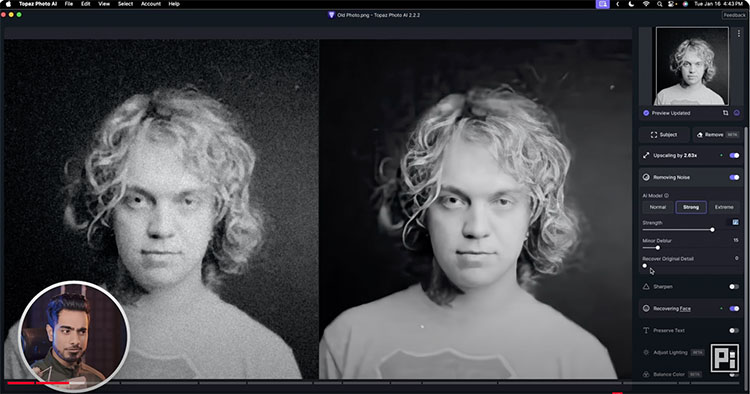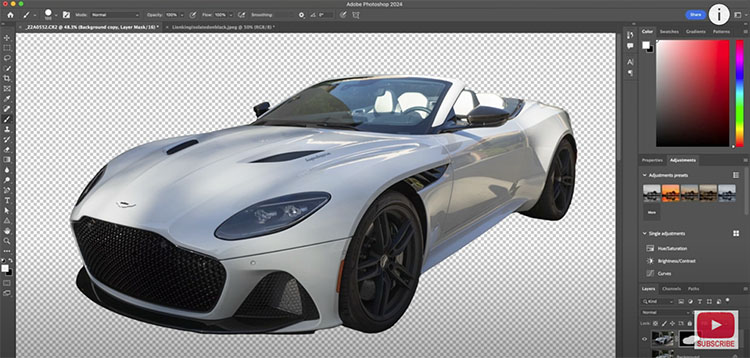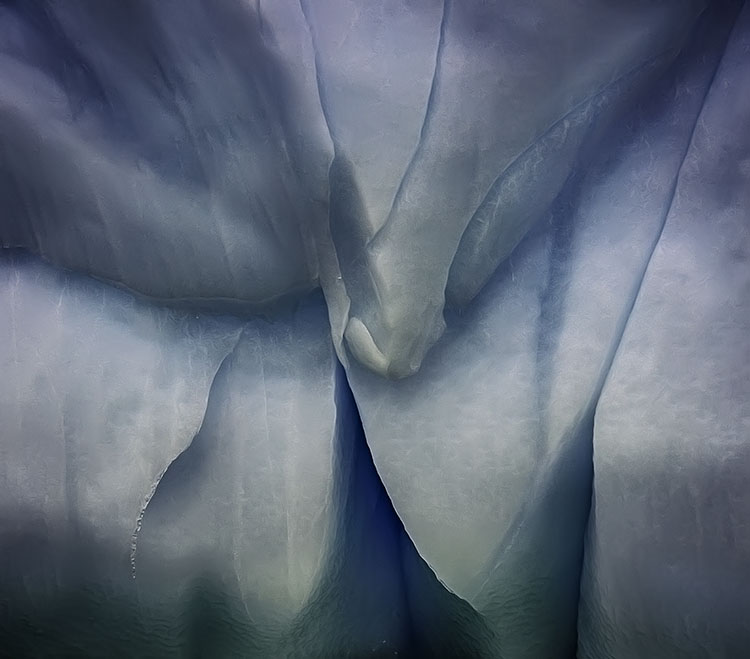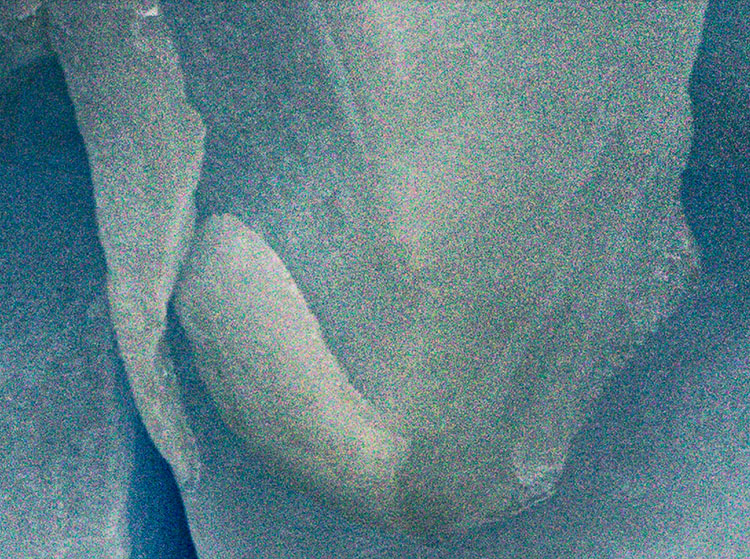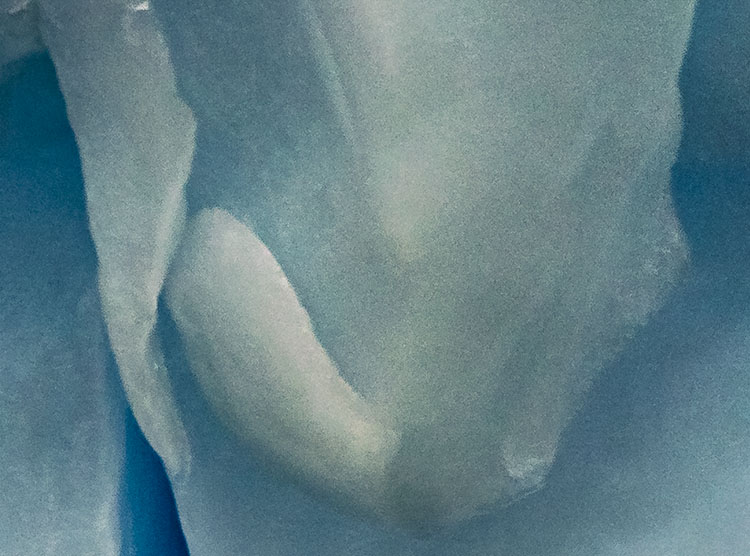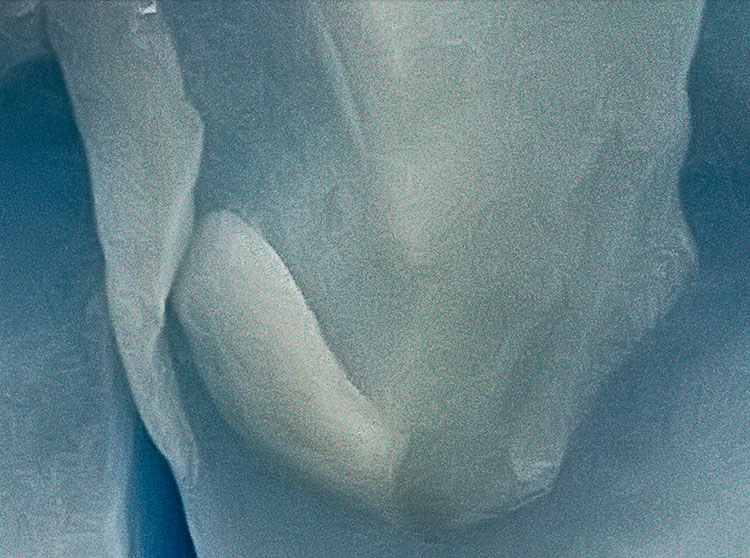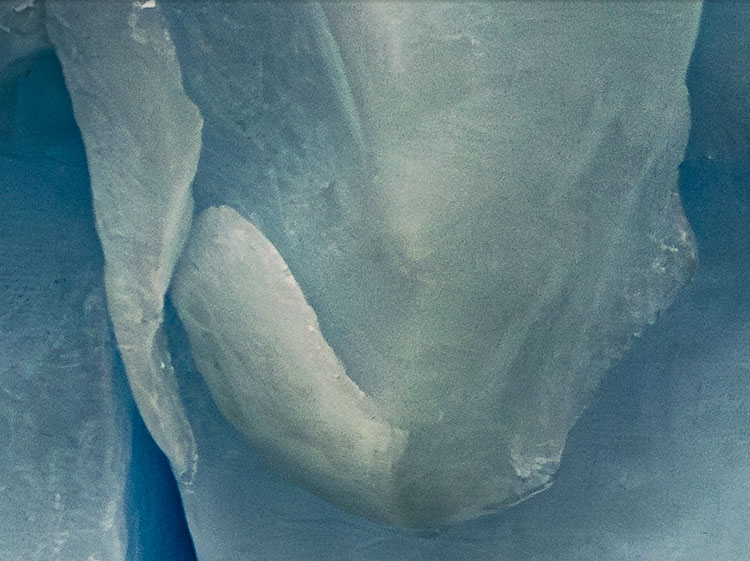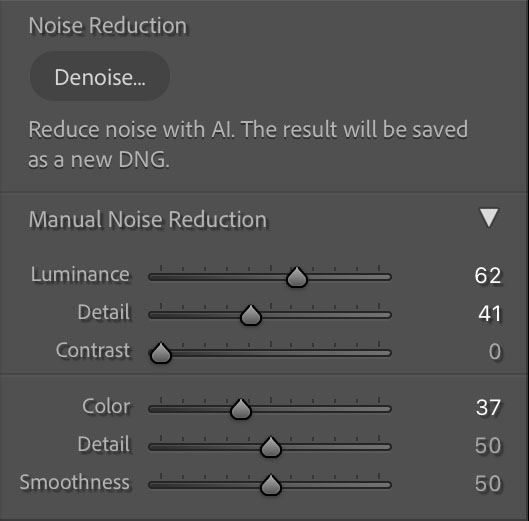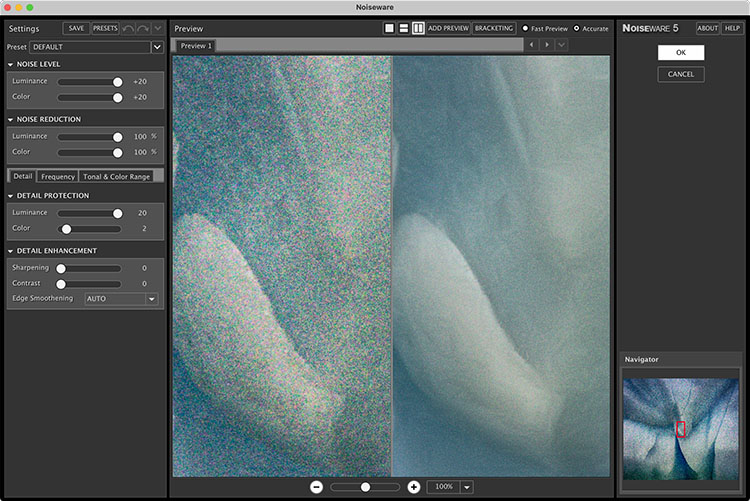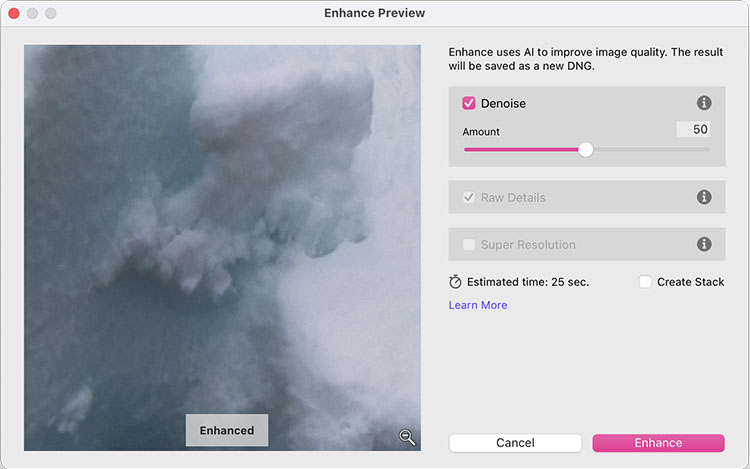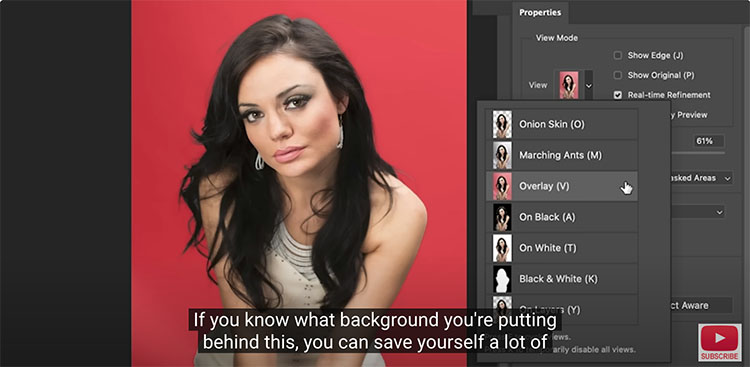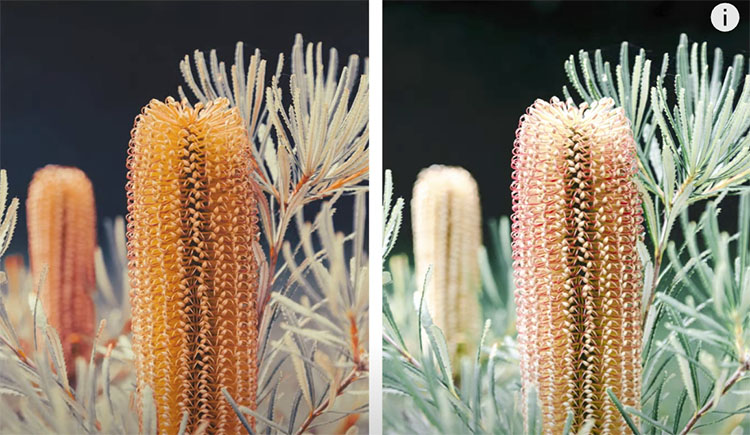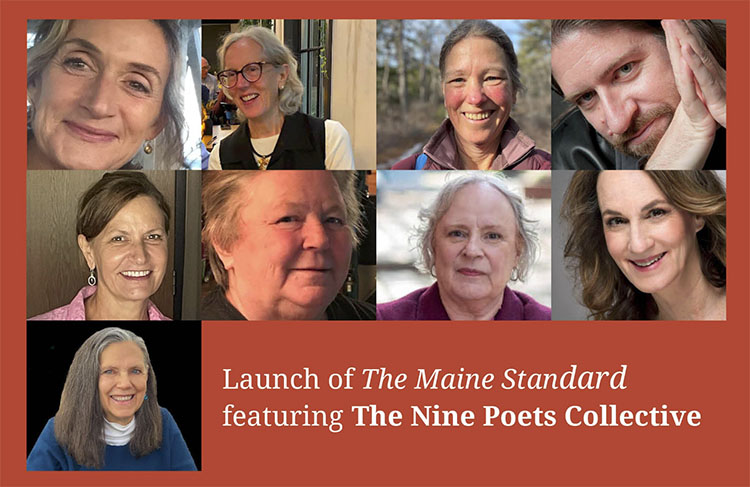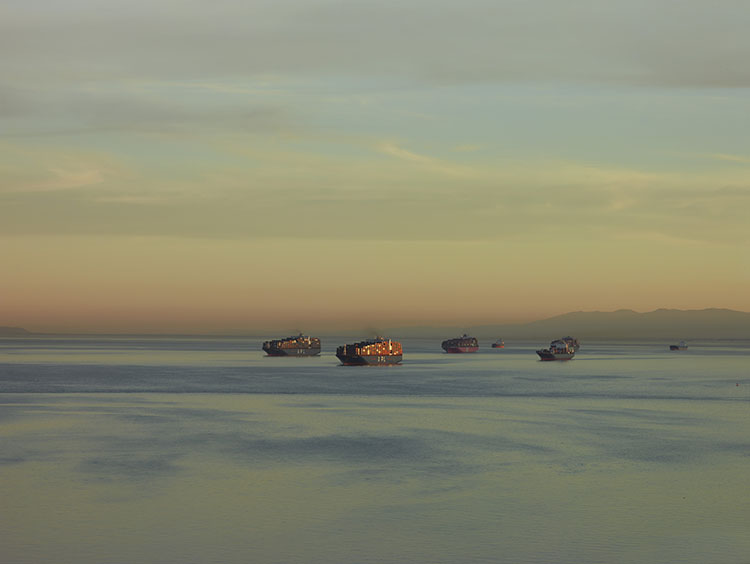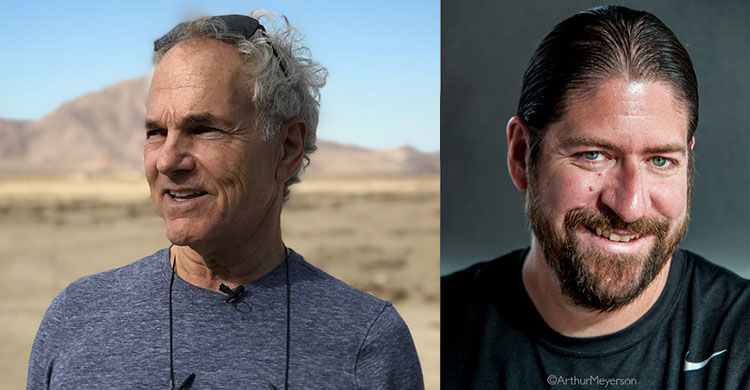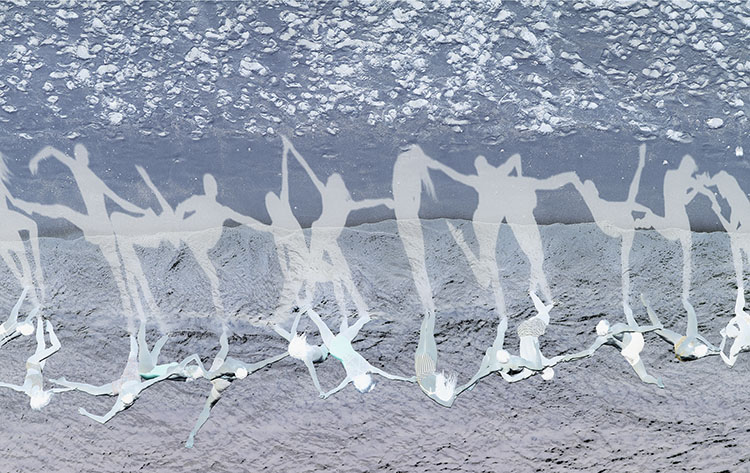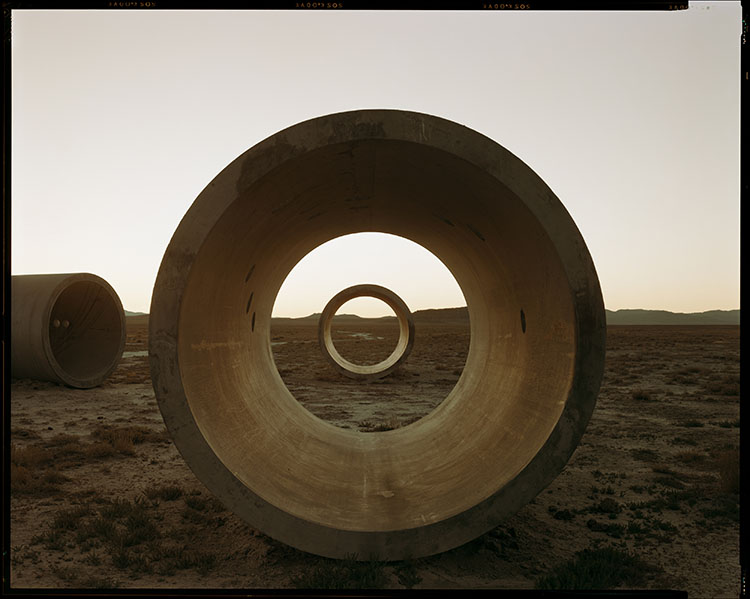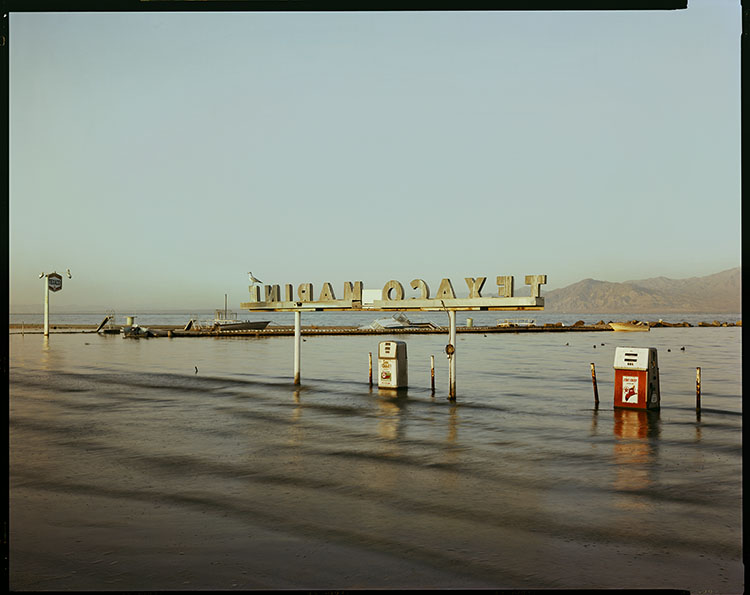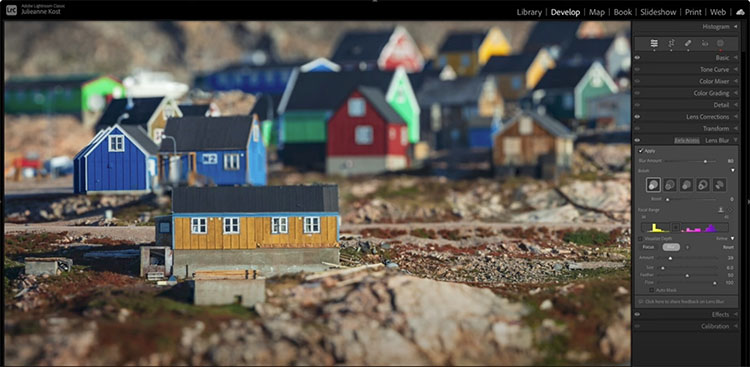Turn Any Color To Any Color In Photoshop
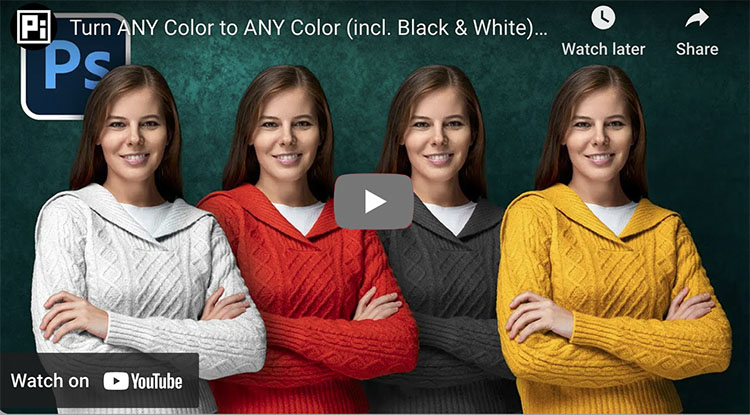
“Discover the Best Techniques to Change Any Color to Any Color in Photoshop! Whether you want to change blue to red, black to white, or white to anything you can think of, we will cover it all in this tutorial. Using the power and the right amount of Curves, Hue/Saturation, and Masking, learn easy ways to change color in every situation.”
00:00 The Problem with One Technique
00:34 Color to Color
03:41 Similar Color to Color
05:07 Color to Black or White
07:48 Major Announcement
08:23 White to Color
10:41 White to Black
12:35 White to Dark Color
13:01 Black to White
14:08 Black to Color
Find more of Unmesh Dinda’s content here.
Learn more in my digital photography and digital printing workshops.


